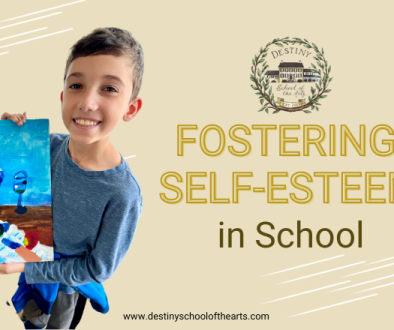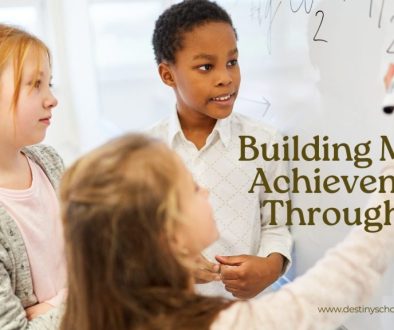Music: An Essential Component of Childhood Development
By Lori Page
There is no question that we are now living in a digital age. Our children are being exposed to electronic devices and computers at a very young age. This early developmental exposure to advanced technology impacts not only how children process information but also their ability to express themselves.
Musical behavior, the process through which music is perceived, created, responded to, and incorporated into everyday life, is basic to all cultures. Over the last 100 years, the way in which people experience music has dramatically shifted. Each generation has seen their musical sensitivities gradually decline in relation to the technological advancements of the age. What researchers are discovering is that instead of learning how to make music, most people have primarily become consumers and the value of what they are receiving from this type of musical consumption is increasingly void.
One of the primary ways to restore the balance between music consumption and composition is to introduce musical activities into a child’s regular routine. According to Dr. Feierabend from the Hartt School of Music at University of Hartford, the experience of making music is an ideal way to create a healthy neural network which is critical in fostering musical comprehension, coordination, and expressive sensitivity learning. Additionally, musical activities provide children with opportunities to learn teamwork and community, improve coordination, gain self-confidence, and simply put, to have fun.
Here at Destiny School of the Arts, we take music seriously. Also, a teacher in Houston, TX, pays attention to every small detail when it comes to your children’s learning of musical instruments and voice lessons. It’s not an extracurricular activity for our students but an integrated part of our daily class schedule for preschool through elementary school students. For example, in our 2’s and 3’s class most of the month of September will be devoted to learning a few simple instructional songs to reinforce what they are being taught in their other classroom activities, such as “painting can be messy.” These little ones will also learn age appropriate songs about the days of the week, colors of the rainbow, and the months of the year. As the month progresses, we will introduce percussion instruments for students to create simple rhythms. Finally, they will strengthen their ability to hear musical rhythms through rhythmic dancing.
Source: Early Childhood Connections Fall 1996, Article “Music and Movement for Infants and Toddlers: Naturally Wonder-full” by Dr. John Feierabend



